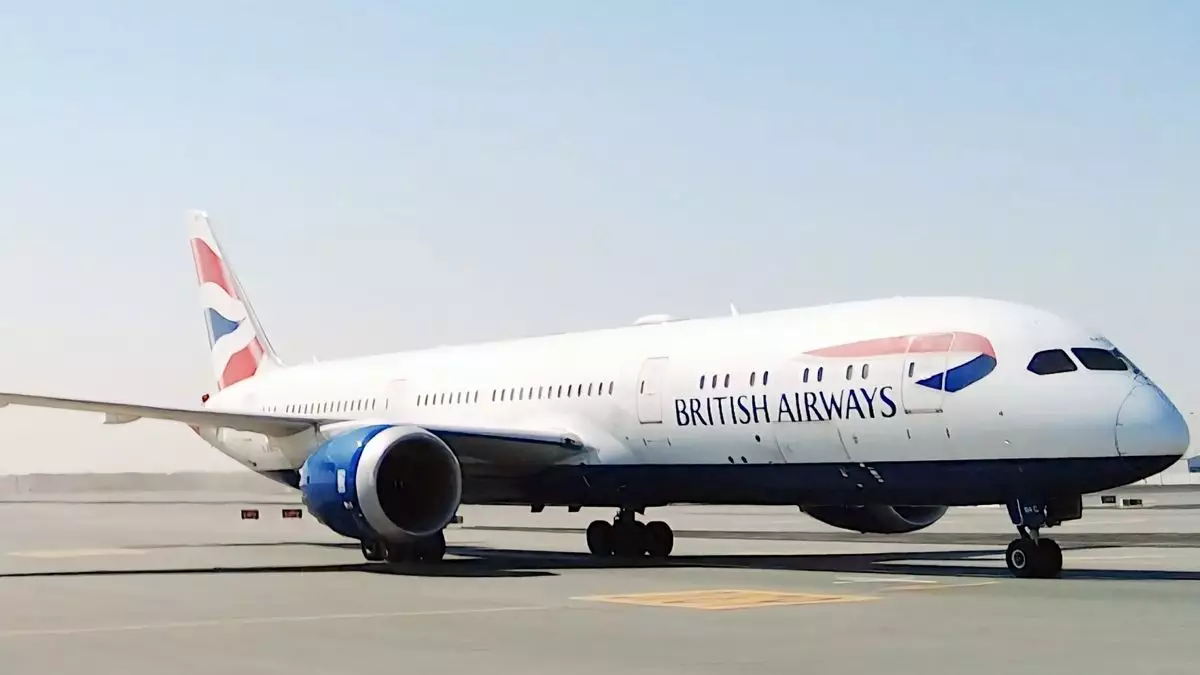British Airways has recently announced significant changes to its loyalty program, which is now called the British Airways Club, previously known as the British Airways Executive Club. This rebranding is not merely cosmetic; it marks a paradigm shift in how members earn status within the program. Starting April 1, 2024, the criteria for accumulating Tier Points will transition from a focus on distance flown and fare class purchased to a model that prioritizes actual spending. This approach reflects a broader trend in the airline industry, where consumer behavior is increasingly tied to financial commitment rather than mere travel metrics.
Under the new structure, members will earn Tier Points equivalent to one British pound spent on various offerings. This includes not only airfares but also ancillary products and bundled air-hotel packages. Notably, purchases made using co-branded British Airways credit cards will also contribute to Tier Points, aligning the loyalty rewards more closely with everyday spending habits. This strategic shift aims to foster a more engaged customer base that feels rewarded for their financial loyalty.
It’s pertinent to mention that while this change simplifies the points accumulation process, it comes at a cost. Frequent flyers on partner airlines like American Airlines and Iberia will reap greater rewards compared to those flying with less integrated airlines such as Alaska Airlines. For the latter, only a meager 2% to 25% of the distance flown will convert into Tier Points, depending on the fare class. This could mean less incentive for travelers to choose those routes, potentially impacting overall loyalty dynamics across alliances.
The updated criteria for achieving status in the British Airways Club also have a more rigid financial underpinning. Members will need to accrue 3,500 Tier Points for Bronze status, 7,500 for Silver, 20,000 for Gold, and a staggering 65,000 for the exclusive Gold Guest List. Alarmingly, at least 52,000 of those points must come from spending specifically on British Airways products. This structure inherently rewards the airline’s direct customers while increasing barriers for those who might rely on partnerships.
However, looking ahead to 2025, British Airways plans to introduce an additional layer of incentive by offering extra frequent-flyer points as members transition through status thresholds, which could still maintain interest and engagement, though the mechanism remains contingent on spending.
Implications for the Future of Loyalty Programs
These changes underscore a broader trend among airlines reevaluating loyalty programs to align them closely with consumer spending patterns. While members may feel disillusioned initially due to the increased emphasis on expenditures rather than travel frequency, this approach may ultimately cultivate a more financially supportive customer base.
In essence, British Airways is not just altering its loyalty program; it is architecting a structural revolution in how airlines engage with their most devoted patrons. Whether this gamble will pay off remains to be seen, but the groundwork has been laid for a more spending-centric loyalty culture in aviation.

